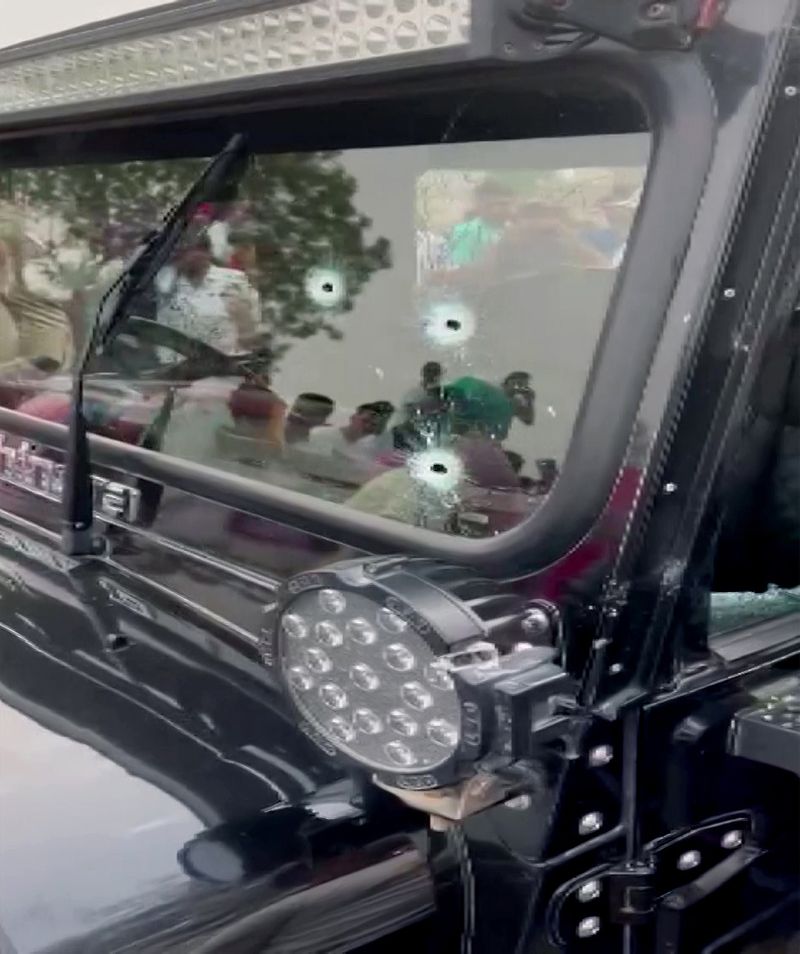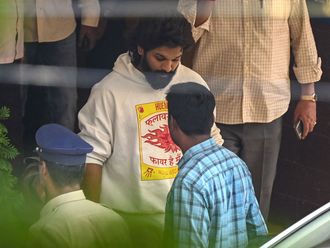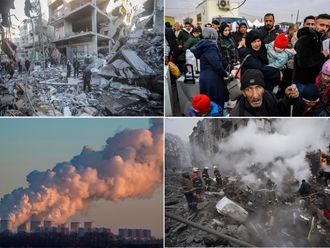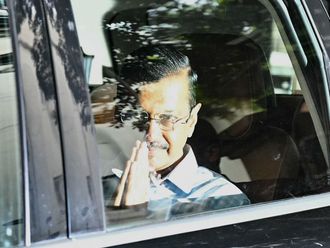
In November 2016 more than a dozen gangsters dressed as policemen rescued six prisoners in a daring jail break in the high security prison in Punjab’s Nabha town. Two terrorists and four gangsters escaped, putting the spotlight on a state that had defeated terrorism but where gang wars were drawing their own blood.
6 years later the killing of singer Sidhu Moosewala by unidentified assailants is not just a brutal reminder of how guns have overrun the land of five rivers but also exposed the underbelly of the Rs700 crore Punjabi music industry where drugs, machismo and violence make for a viral tune. Singers like Daler Mehndi and Badshah maybe Punjabi, but their songs are almost alien for the youth who identify more with the rap brandished by Moosewala and his peers.
The singer’s untimely death has exaggerated his controversial status to that of a ‘legend,’ a pedestal that may not have easily been in his grasp otherwise.
Despite hip-hop’s big influence in Punjabi music, Moosewala was not quite a Tupac Shakur who was also killed young in a drive-by shooting at the age of 25. But by that age he was one of the most influential rappers of the time with social injustice — that initially led to the birth of the hip-hop movement forming the core of his music.
Punjabi rappers have taken the ‘thug life’ glamour from hip-hop and as one writer says, made it ‘boastful.’ In his videos Moosewala was seen learning how to fire an AK 47. When asked to stop promoting guns, he had defiantly stated that if “he stops singing, will the gangsters stop.” There were several FIRs against him.

Moosewala was controversy’s child. In 2019, his performance was cancelled in the city of Surrey after the Royal Canadian Mounted police cited violence at his previous shows including a stabbing and shots fired in the air.
Brampton in the Greater Toronto Area, which was a second home for the singer, is now considered a mini ghetto where the locals themselves are fleeing. Ironically while Punjabi musicians are migrating to escape the gangsters net, in countries like Canada they themselves are guilty of introducing violence.
The Punjabi rap singers have a following in millions, a majority of whom are the impressionable youth who weren’t born when Punjab stared down the end of the nozzle for more than a decade.
Singer Rabbi sums it up in a piece he wrote for The Tribune, “My very first introduction to his music was via the chartbuster ‘G Wagon’ and I remember a chill running down my spine as I gleaned the lyrics from distorted speakers and the general cacophony: ‘Jithe bandaa maarke kasoor puchhde, Jatt uss pind nu belong kardaa.’ (Where you kill a man and then ask what his fault was, Jatt belongs to that village).
A kill for a kill is overrunning a Punjab where the farmlands have shrunk and only the aged are left behind to till the fields. The illegal arms trade is flourishing, a report in The Tribune says weapons are sourced from Madhya Pradesh and then sold to the gangsters for Rs50,000, some even cheaper.
Soon after Moosewala’s killing, Canada based Goldy Brar who is a member of the Lawrence Bishnoi gang — reportedly threatening Salman Khan’s family, claimed responsibility. Barely hours later, a Facebook post vowed revenge for the killing.
A majority of the murder masterminds are based abroad making it tough for the police to nab or stop them in their tracks. How enmeshed the gangs are can be understood by their numbers. These are not just a motley crew with some gang members in hundreds and this nexus is now also flourishing in the states of Rajasthan, Haryana, Bihar and Uttar Pradesh.

It is not just music, targeted killings haven’t spared Kabaddi — a sport that originated in Punjab’s hinterland. Extortion threats are common and singer Mika Singh says just one successful hit makes an artist vulnerable.
In March this year international Kabaddi player Sandeep Singh Nangal Ambian was shot dead during a match in Jalandhar in what is believed to be a case of professional rivalry. Canada-based Snover Dhillon who runs the National Kabaddi federation in Ontario wasn’t pleased with Sandeep’s Kabaddi federation being more successful.
For the AAP government it has been a baptism by fire, first the clashes between groups in the erstwhile royal city of Patiala, a rocket attack at the Punjab intelligence headquarters in Mohali and now the death of Moosewala just days after his security was withdrawn.
The potential to misuse the singer’s death for political gains is enormous, especially when elections are always around some corner. Punjab knows the price it paid for politics in the past.
As Rabbi says in the obit, “grieve Sidhu Moosewala all you want, but extend its circle to all Punjab. Because they’re joined at the hip. Grieving one without the other is meaningless. Perhaps, even a disservice to a brilliant young life cut down in its prime and Us. Dig deep, for we’re in it now.”



_resources1_16a45059ca3_small.jpg)




